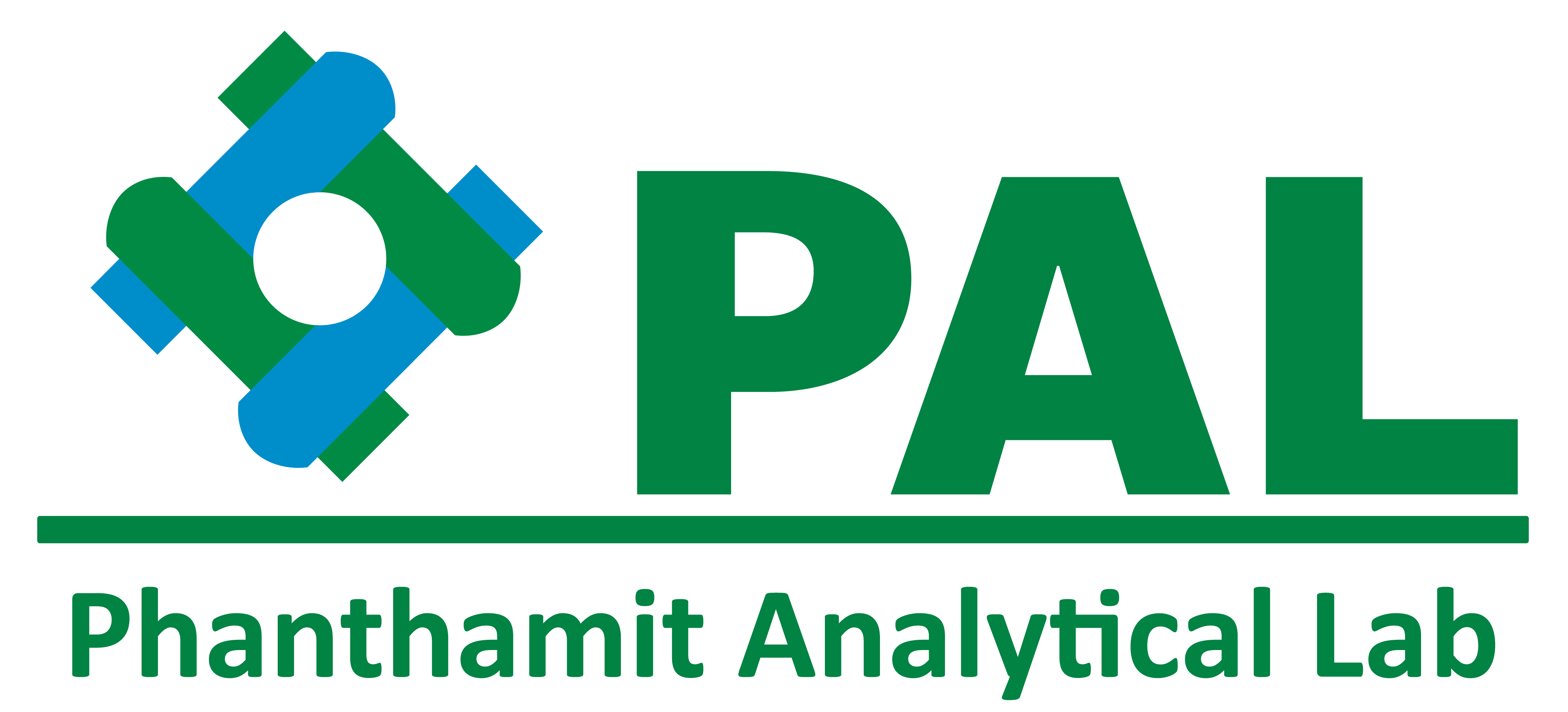Water Quality Analysis
Air Quality Analysis
PAL provides a wide range of water testing services such as surface water, groundwater, wastewater, and drinking water testing services in addition to studying, monitoring, and auditing.
Air pollutants can have harmful effects on human health and the environment, and air quality monitoring can help you maintain cleaner air. Different areas are prone to fluctuating levels of air quality during various times of the day and this is why it is important and recommended to monitor the levels.
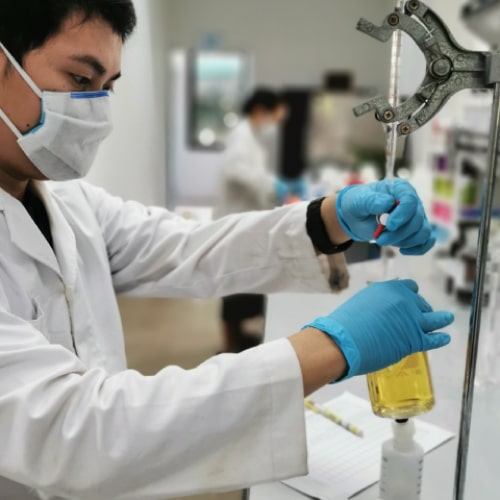
Surface water
Surface water is found in our reservoirs, lakes, rivers, streams, and wetlands. The river and other water sources are sensitive to the effects of pollutants. Screening of surface/environmental waters has reached new levels of importance given the proliferation of a variety of contaminants like pesticides, pharmaceutical residues, veterinary drugs, and herbicides. The challenge is to safeguard plants, wildlife, and human health while simultaneously meeting regulatory standards.Our team at PAL is proficient in surface water analysis, with our qualified chemists testing for a wide range of compounds.
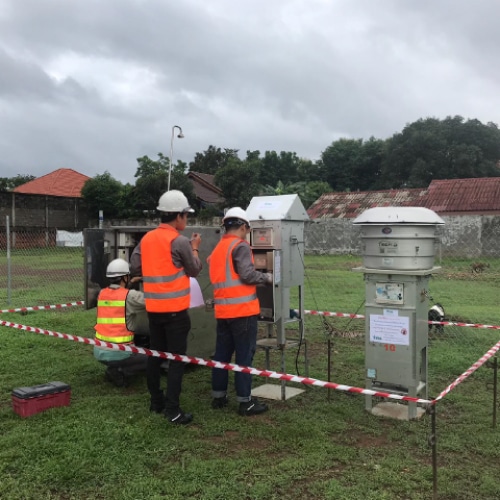
Ambient Air quality
Ambient air quality criteria, or standards, are concentrations of pollutants in the air, and typically refer to outdoor air. The criteria are specified for a variety of reasons including for the protection of human health, buildings, crops, vegetation, ecosystems, as well as for planning and other purposes. There is no internationally accepted definition but usually “standards” have some legal or enforcement aspect, whereas “guidelines” may not be backed by laws. “Criteria/criterion” can be used as a generic term to cover standards and guidelines.Some of the most important parameters to measure in air quality are PM2.5, PM10, TSP, SO2, NOx, CO, and CO2. Each is described briefly below.
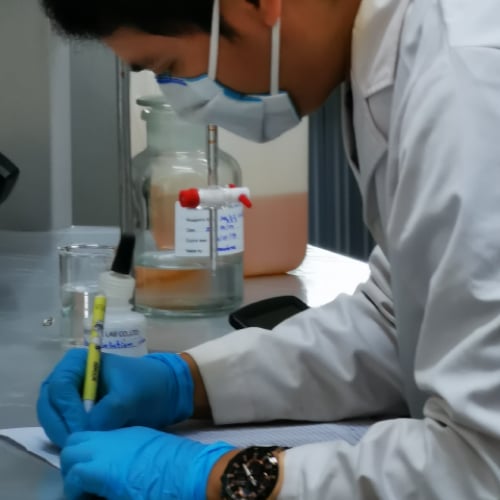
Groundwater
Testing groundwater is important as it helps identify existing problems, ensuring water is suitable for the intended use. This test is especially required if the water is used for drinking by humans and animals, helping track changes over time, and ascertain the effectiveness of the treatment system in place.
Some of the parameters that are usually tested are the following:
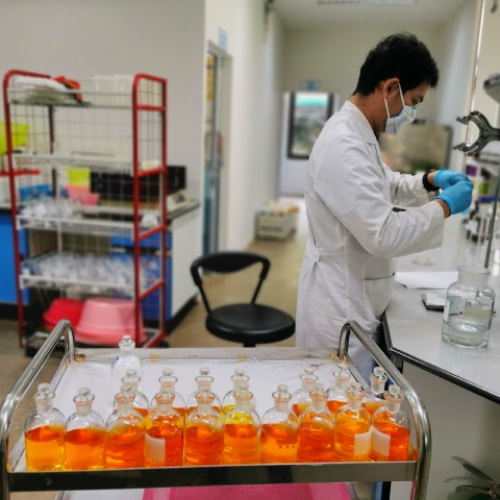
Ions such as sodium, chloride, sulfate, iron, and manganese can impart objectionable taste or odor to the water.
Sulfate
Excessive amounts of sulfate can have a laxative effect or cause gastrointestinal irritation.
Fluoride is an essential micro-nutrient, but excessive amounts can cause dental problems.
Represents the amount of inorganic substances (i.e. sodium, chloride, sulfate) dissolved in the water. High total dissolved solids (TDS) can reduce the palatability of water.
Other tests may be appropriate if a particular contaminant is suspected in the water. For instance, groundwater sources are sometimes tested for arsenic, selenium, and uranium. Both surface and groundwater sources may also be tested for pesticide contamination.
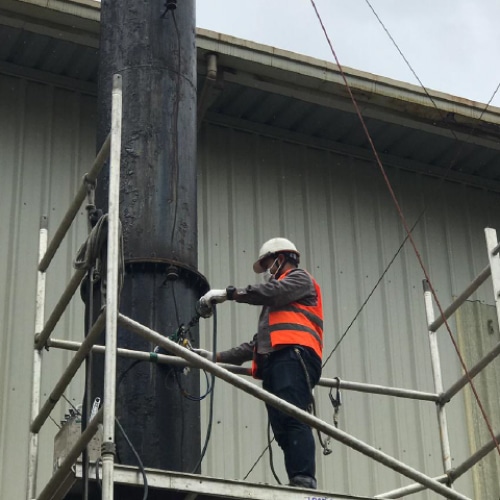
Stack Emission Monitoring
Stack Emission monitoring is referred to as the air monitoring of an emission point. Normally, such monitoring is carried out on boiler stacks, exhausts from printers discharge from bag filters, thermal oxidizers, and is performed regularly.Stacks from boilers and industrial processes will carry pollutants such as SOx, NOx, particles, solvents, and other dust and gases. These can have a detrimental effect on local air quality and for this reason, such emissions are often regulated. Typically this regulation requires measurement of the concentration of these pollutants regularly, often referred to as periodic stack emission monitoring. The regular will usually set limits as to concentration (or mass flow) and the purpose of the monitoring will be to determine whether the emissions are below the limits.
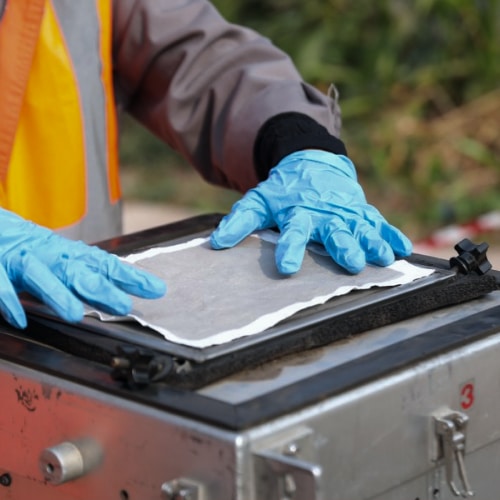
Air quality for work area
Work area air pollution problem happens when a limited amount of fresh air is circulated throughout the work area environment; the air is circulated at too fast a rate within the workplace even when toxic substances are present in the air – be it from the internal or external workplace environment.
Several factors can cause work area air pollution, such as use of chemicals like formaldehyde in carpets and furniture; carbon monoxide given off by cigarette smoke and outside traffic; polychlorinated biphenyls contained in electrical transformers; radiation from building insulation; ozone from copiers; and solvents used in cleaners, glues, copiers; and the ventilation system itself.
Several factors can cause work area air pollution, such as use of chemicals like formaldehyde in carpets and furniture; carbon monoxide given off by cigarette smoke and outside traffic; polychlorinated biphenyls contained in electrical transformers; radiation from building insulation; ozone from copiers; and solvents used in cleaners, glues, copiers; and the ventilation system itself.
Here are examples of common working area air quality checking:Carbon dioxide (CO2), tobacco smoke…Dust, fiberglass, asbestos, gases, including formaldehydeToxic vapors, volatile organic compounds (VOCs)Gases, vapors, odorsMicrobial contaminants, fungi, molds, bacteriaOzone
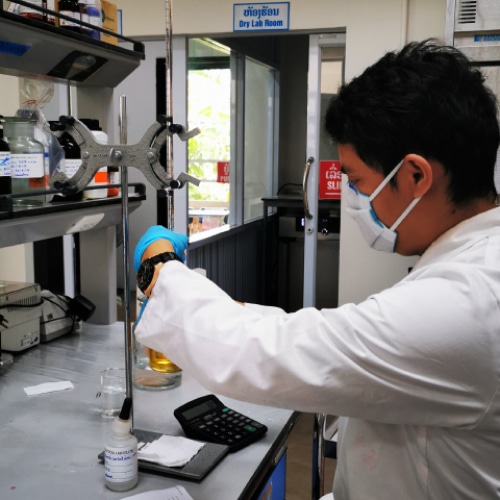
Wastewater
Wastewater is one of the most important to monitor, as it is water that has been affected by human use. Increasingly strict regulations require that cleaner wastewater is discharged into both watercourses and sewer systems.
Monitoring wastewater before discharge allows you to detect any potential pollutants and trigger re-treatment so that these can be removed.Some of the most important components to test in wastewater for are, Ammonia, Chemical Oxygen Demand (COD), Electrical Conductivity, fecal Coliform, Free Chlorine Residual, Nitrates and Nitrites, Phosphates/Phosphorous, pH, Suspended Solids, and Total Kjeldahl Nitrogen.
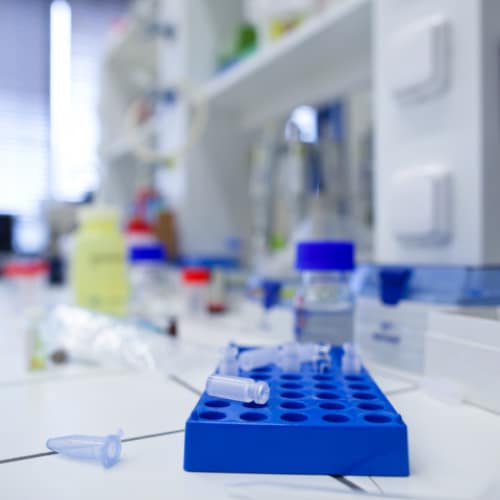
Drinking water
Drinking water quality testing is important because it identifies contaminants and prevents water-borne diseases before the water is approved for consumption.
Essentially, water quality testing makes sure that water is safe and meets local and international water standards, for human as well as animal use. In addition to household water, recreational and agricultural water should also be tested.
Parameters usually tested in drinking water are as follows:
Color, Odor, Taste, Turbidity, pH value, Total Hardness (CaCO3), Iron, Chlorides, Free Residual Chlorine, Dissolved Solids, Calcium, Copper, Manganese, Sulfate, Nitrate, Fluoride, Phenolic Compounds, Mercury, Cadmium, Selenium, Arsenic, Cyanide, Lead, Zinc, Anionic detergents, Chromium, Polynuclear aromatic Hydrocarbons, Mineral Oil, Pesticides, Alkalinity, Aluminum, Boron, and Radioactive Materials.
